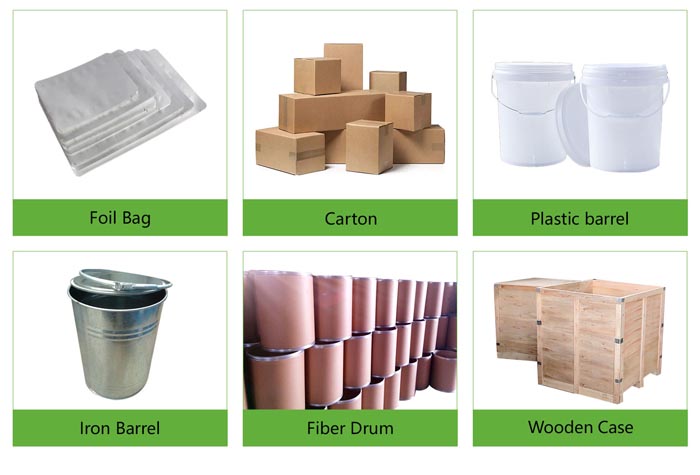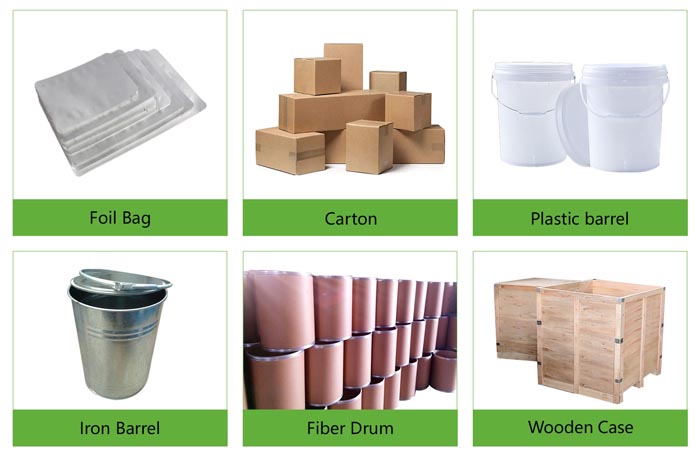About Calcium Stearate Emulsion:
Calcium stearate is an organic compound, molecular formula C36H70CAO4, white powder is insoluble in water, which can be used as waterproof, lubricants, and plastic auxiliary tools. Calcium stearate is calcium carboxylate and is divided into calcium soap. It is some lubricants, surfactants, and components of many foods. This is a white waxy force. The calcium stearate emulsion is a stabilizer and lubricant of polychloroacetic acid, but the stable effect is poor, long-term thermally stable effect is good, and non-toxic food packaging, medical device and other soft film vessels. In polyethylene, polypropylene as a halogen absorber, the catalyst in the resin can eliminate the adverse effects of resin color and stability. It can also be widely used as a lubricant of polyolefin fibers and mold plastic, or a phenolic, amino group such as a phenolic, amino group, and a polyester reinforced plastic moisturizing and release agent, a water repeater of grease, and a water repeater of textiles. Paint flat light, etc. Orachemicals is a trusted global Calcium Stearate Emulsion supplier. Feel free to send an inquiry about the latest price of Calcium Stearate Emulsion at any time.
Product Performance of Calcium Stearate Emulsion:
Calcium stearate liquid refers to water-based calcium stearate, also known as calcium stearate emulsion, which is widely used in industrial fields. Calcium stearate emulsion has ultra-fine, lubricating and delicate feeling, good thermal denaturation resistance, and good transparency. Good defoaming, excellent dispersibility, anti-settling performance, sandability and yellowing resistance.
Technical Parameter of Calcium Stearate Emulsion:
| Product Name | MF | Purity | PH | Particle Size | Density | Color |
| Calcium Stearate Emulsion | Ca(C17H35COO)2 | 50% | 9-12 | ≤ 10um | 0.8-1.0 g/cm3 | White |
How is Calcium Stearate Emulsion produced?
Preparation of calcium stearate emulsion by saponification synthesis method
Add the CaCl solution and the NaOH solution to the reactor according to the stoichiometric ratio, then add the dispersant, emulsifier A, emulsifying aid and CMC under agitation, and then mix evenly to obtain an emulsion; add stearic acid and catalyst to the emulsion, and keep the temperature constant Stir to obtain a mixed solution; stearic acid and calcium hydroxide react to form calcium stearate, which is uniformly dispersed in the emulsion. Finally, n-octanol and modified polyvinyl alcohol aqueous solution (mass percentage concentration is 10%) are added and stirred to react 0.5- 20s, quickly cooled to room temperature, high-speed shear dispersion for 10-30 minutes to obtain calcium stearate emulsion, and its solid content, viscosity, dispersibility, etc. were analyzed and determined.
Applications of Calcium Stearate Emulsion:
Calcium stearate is mainly used as an acid scavenger, release agent and lubricant in the plastics industry, used for building waterproofing, and used as an anti-caking additive in medicine and cosmetics.
1. Calcium stearate emulsion is the stabilizer and lubricant of polychloroacetic acid, but its stability effect is poor, and its long-term thermal stability effect is still good. Can be used for non-toxic food packaging, medical equipment and other soft film appliances.
2. Calcium stearate emulsion used as halogen adsorbent in polyethylene and polypropylene can eliminate the adverse effect of a residual catalyst in the resin on the color and stability of the resin.
3. Calcium stearate emulsion can also be widely used as a lubricant for polyolefin fibers and molded products.
4. Calcium stearate emulsion can be used as phenolic, amino and other thermosetting plastics, polyester reinforced plastics lubricant and release agent, grease thickening agent.
5. Calcium stearate emulsion can be used as a waterproofing agent for textiles and a smoothing agent for paints.
Packing & Shipping of Calcium Stearate Emulsion:
We have many different kinds of packing which depends on calcium stearate emulsion quantity.
Calcium stearate emulsion packing: 1kg/bottle, 25kg/barrel, or 200kg/ barrel.
Calcium stearate emulsion shipping: could be shipped out by sea , by air, by express as soon as possible once payment receipt.

Calcium Stearate Emulsion Properties |
| Other Names | N/A |
| CAS No. | N/a |
| Compound Formula | Ca(C17H35COO)2 |
| Molecular Weight | N/A |
| Appearance | White Emulsion |
| Melting Point | 150-155℃ |
| Boiling Point | N/A |
| Density | 0.8-1.0 g/cm3 |
| Solubility in H2O | N/A |
| Exact Mass | N/A |
Calcium Stearate Emulsion Health & Safety Information |
| Signal Word | N/A |
| Hazard Statements | N/A |
| Hazard Codes | N/A |
| Risk Codes | N/A |
| Safety Statements | N/A |
| Transport Information | N/A |
Inquiry us








